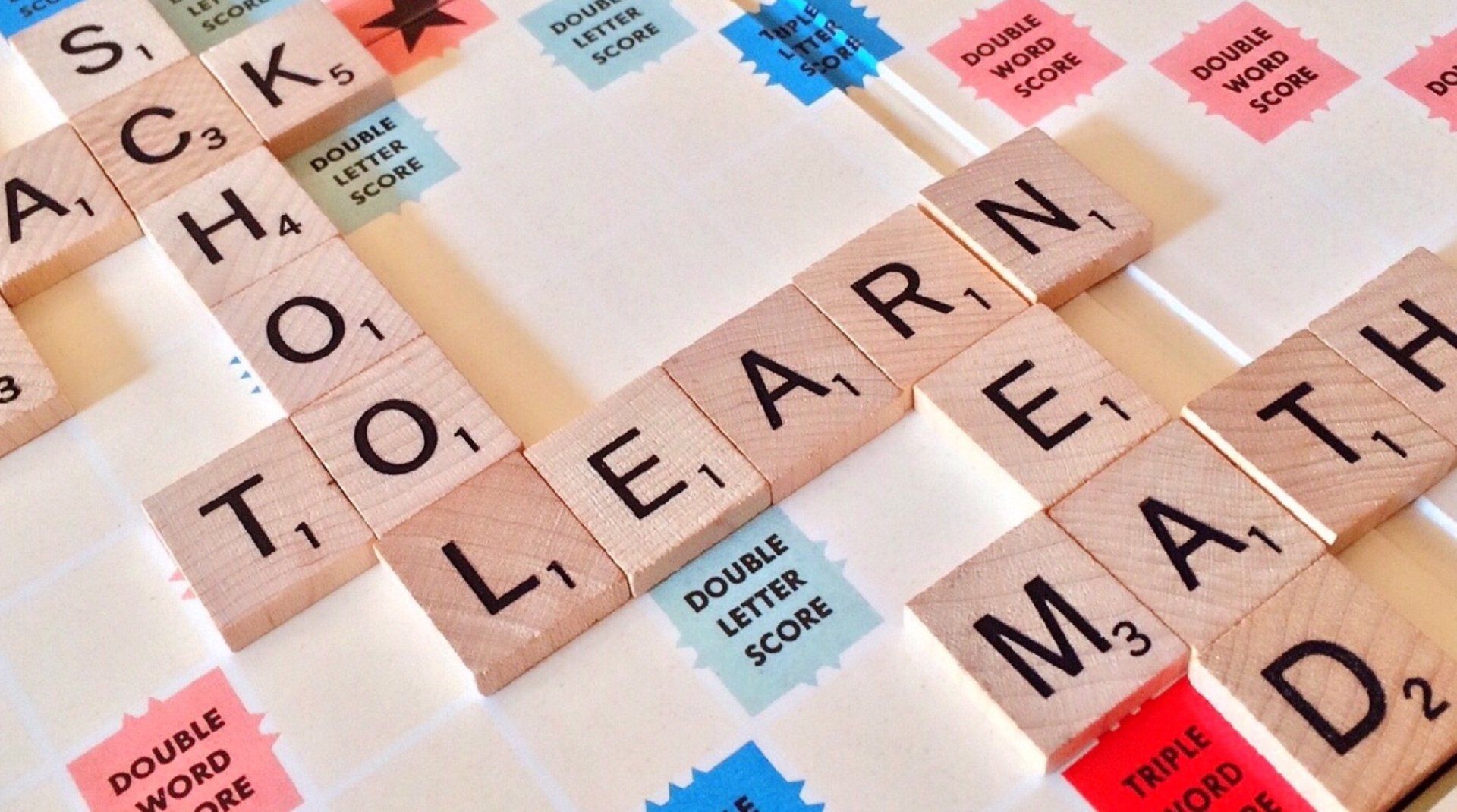Don’t Forget to Complete Your Applications as Soon as PossibleFinancial aid is incredibly important. For many college students, financial aid is the only way they can afford to attend college. As such, it is imperative that you remember to complete your application...
6 Techniques to Teach Your Small Child About Money

6 Techniques to Teach Your Small Child About Money
Help Your Child Form Good Money Habits to Use Throughout Their Life
Children can benefit from finance education at an early age. A study from the University of Cambridge, “Habit Formation and Learning in Young Children,” found that money habits are formed by age 7. Researchers share it’s important to start basic finance education by age 3.
Children pick up money habits quickly, so giving them the right direction is crucial. Shamrck is dedicated to helping young people find the pathways to enable them to be their best selves. Being able to handle money is part of that, and we encourage you to consider using these tips for your child.
- Start with basic currency literacy. A study from Yale University found that children can recognize and remember coins by the age of 3.
-
- Educate your children about the different coins and dollar bills.
- Consider teaching them about foreign currencies during vacations. This will expand their minds and help them learn more about the countries you’re visiting.
- Create money jars. Money jars are a fun and easy way to educate your child.
-
- You can create three types of money jars. Jars for spending, saving, and giving cover the basic lessons of understanding how to use money.
- Teach your children how to use the three jars and why they’re important.
- Use the jars to separate money after birthday gifts or allowance payments. Children will learn how to save for the future.
- Use the giving jar for charities. Children will learn about giving and understand how they can help others with their money. They can donate the money to local animal shelters or food pantries.
- Shamrck provides resources for you and your children to become active in your community. It can be such a rewarding and useful learning experience, opening your child’s eyes to the world around them and how they might contribute.
- Use coupons. Coupons can provide an important lesson on saving.
-
- Cut out coupons with help from your children and leave them in charge of handling the papers at the store.
- According to the Children’s Financial Network, kids as young as 5 can benefit from learning how to use coupons in a store. They will see how to save money and make wiser shopping decisions.
- Set a money goal. Children can set a money goal to purchase a favorite toy or other item.
-
- Money goals are an easy way to teach children financial patience. They also provide a lesson on how to save money.
- It’s important to set realistic goals, so children will be motivated to stay on a savings plan. If the toy they want is expensive, it can take a while to reach their goals. Will they stay interested? Picking smaller and less expensive targets is better.
- Go shopping. Let your children use their spend jars at the store to make purchases.
-
- Shopping provides an easy lesson setting. How will your children spend their money? Will they use their entire jars at one store or spread them out over many shopping trips?
- An outing to the local toy store also gives you the chance to discuss comparison shopping. Point out different prices on similar items and teach your children about finding inexpensive options.
- Evaluating the results of the shopping trip will help them understand their choices. How will they restock their spend jars?
- Use yard sales. Yard sales offer another way to educate children about finances.
-
- Yard sales can help you clean out your children’s rooms and teach them about money at the same time.
- Ask your children if they want to participate in the yard sale by selling their old toys or clothes. Help them select items they no longer use and find appropriate prices for them. They can use the experience to refill their money jars.
- Older children can help sell items at the sale. They can keep track of change and watch customers. This is also a valuable opportunity to learn about price negotiations with customers.
Finance education can begin before your children are in school. It’s important for them to understand basic money rules and form the right habits.
Go to the Dashboard today for a personalized career plan and access to local opportunities that will help you set your child on the path for success.
College Resources Available to Disabled Students–Part 2
A Guide to Help Parents Understand the Options Available to Their Disabled Child Welcome back for Part 2 of Shamrck’s blog aimed to help parents become aware of the accommodations available for their disabled students. By knowing their options and the available...
College Resources Available to Disabled Students–Part 1
A Guide to Help Parents Understand the Options Available to Their Disabled Child Have you been under the assumption that college is an entirely unattainable goal for your handicapped child? As the parent of a child with challenges, you are well-versed in searching for...










